The delightful hobby of bird watching can quickly turn frustrating when neighborhood cats discover your carefully placed bird feeders. These natural predators are instinctively drawn to areas where birds gather, creating a potentially dangerous situation for your feathered visitors. Not only can cats scare away birds, reducing your bird watching enjoyment, but they may also successfully hunt the very creatures you’re trying to attract and protect. Fortunately, there are numerous humane and effective strategies to deter cats from your bird feeding stations. This article explores ten proven methods that balance the needs of responsible bird feeding with the reality of living in communities where cats roam. Whether you’re a seasoned birder or new to the hobby, these techniques will help create a safer sanctuary for birds in your outdoor space.
Understanding Cat Behavior Around Bird Feeders
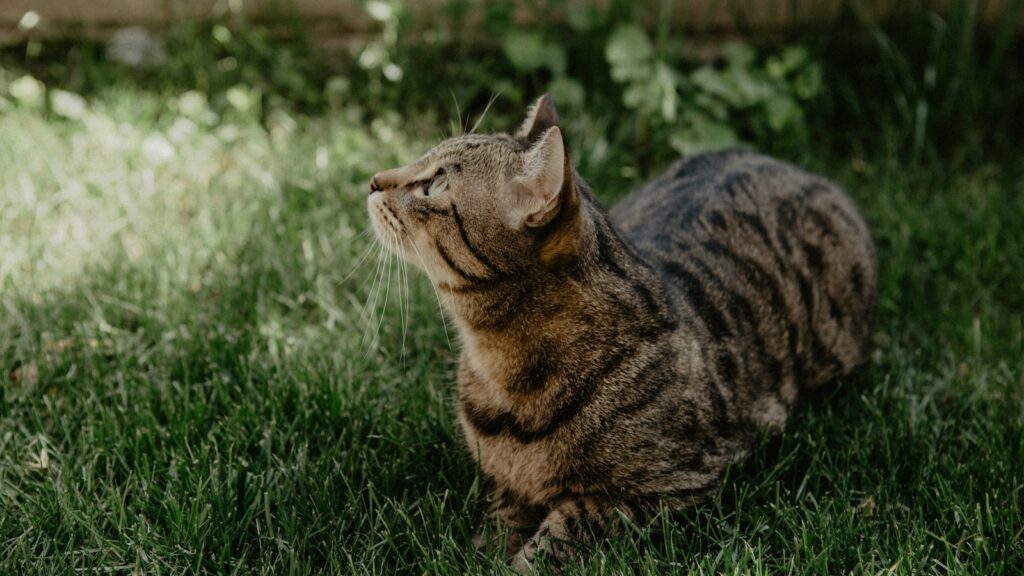
Before implementing deterrents, it’s essential to understand why cats are attracted to bird feeders in the first place. Cats are natural hunters with predatory instincts that draw them to areas where prey animals congregate. Bird feeders create a predictable gathering spot for potential prey, making them irresistible to cats. Even well-fed domestic cats will hunt birds due to instinct rather than hunger. Most cats employ a “sit and wait” hunting strategy, hiding under feeders or in nearby vegetation before attempting to pounce. Understanding these behavioral patterns helps inform which deterrent methods might be most effective for your specific situation. Additionally, cats learn patterns and routines, so they’ll return to successful hunting grounds repeatedly until deterred consistently enough to break the habit.
Strategic Feeder Placement to Prevent Cat Access
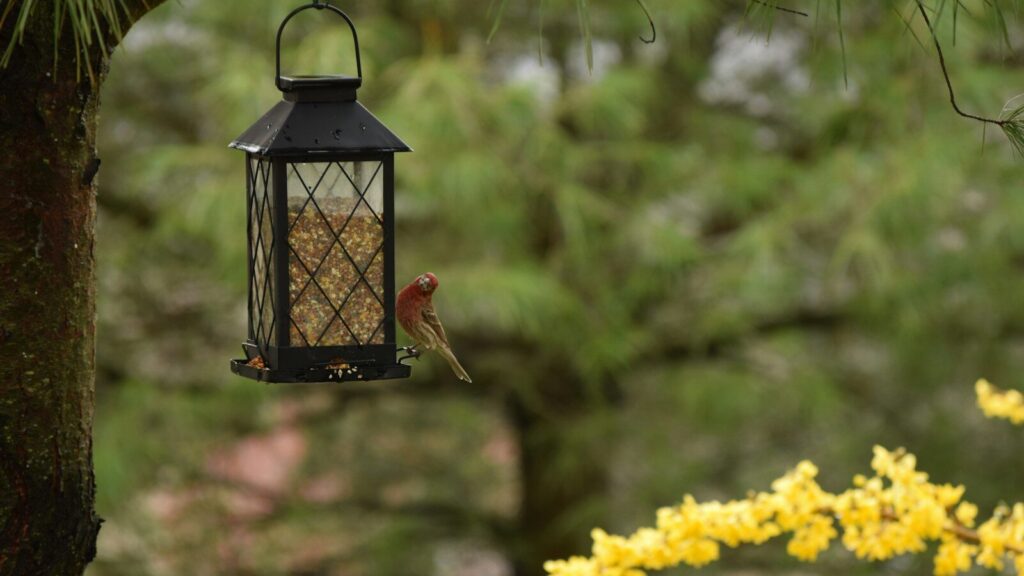
One of the most effective methods for keeping cats away from your bird feeders is strategic placement. Mount feeders at least 5-6 feet off the ground and position them at least 10-12 feet away from any surfaces cats might use to jump from, such as fences, tree branches, or roof edges. Consider using pole-mounted feeders with proper baffles rather than hanging feeders from tree branches where cats can climb. Place feeders in open areas where cats feel exposed and vulnerable rather than near bushes or structures that provide hiding spots. If possible, position your feeding station so it’s visible from inside your home, allowing you to monitor any cat activity and take immediate action when necessary.
Installing Effective Baffles and Guards
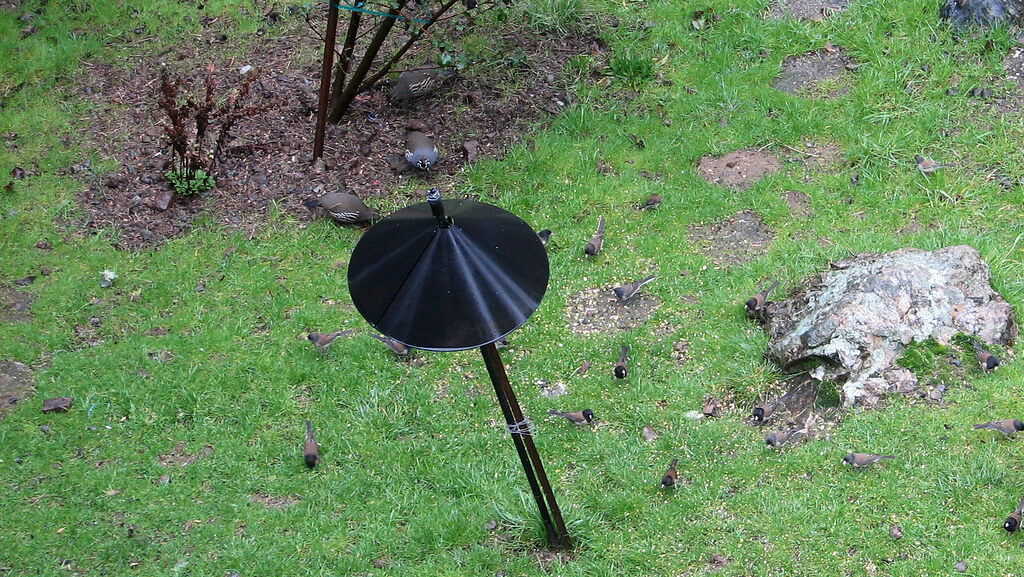
Baffles are specialized barriers designed to prevent climbing predators from reaching bird feeders, and they’re one of the most reliable cat deterrents available. Cone-shaped baffles should be installed below pole-mounted feeders, with the wide end facing downward, creating a physical barrier cats cannot navigate around or over. For optimal effectiveness, ensure baffles are positioned at least 4-5 feet above ground level and have sufficient diameter (at least 15-18 inches) to prevent cats from reaching around them. Dome-shaped baffles can be installed above hanging feeders to prevent cats from reaching down from overhanging branches. Stovepipe baffles offer another excellent option for pole-mounted feeders, as their smooth, cylindrical surface is impossible for cats to climb. Remember that proper installation is crucial – an improperly mounted baffle may be easily circumvented by a determined cat.
Using Motion-Activated Deterrents

Motion-activated devices offer a high-tech solution that startles cats away from your bird feeding areas without requiring your constant vigilance. Motion-activated sprinklers deliver a harmless but surprising burst of water when they detect movement within their sensor range, creating an unpleasant experience that cats quickly learn to avoid. Ultrasonic devices emit high-frequency sounds unpleasant to cats but generally inaudible to humans and most birds, though some bird species may be sensitive to these frequencies. Motion-activated lights can be effective for nighttime deterrence, though their effectiveness during daylight hours is limited. For a budget-friendly DIY option, wind chimes or hanging aluminum pie plates near feeding stations can create unpredictable movement and sounds that many cats find disconcerting. The key advantage of motion-activated deterrents is that they work consistently even when you’re not present to monitor your feeders.
Creating Cat-Unfriendly Surfaces Around Feeding Areas

Modifying the ground surface beneath and around bird feeders can significantly reduce their appeal to hunting cats. Cats dislike walking on certain textures that feel uncomfortable on their sensitive paw pads. Commercial products like Scat Mats feature plastic spikes that are uncomfortable but harmless to cats who attempt to walk on them. Alternatively, create DIY unpleasant surfaces using materials like pine cones, stone mulch with rough edges, or small decorative garden stones arranged around the base of feeder poles. Chicken wire laid flat on the ground and secured with landscape pins creates an unstable walking surface cats prefer to avoid. Some gardeners report success with ground covers like the herb rue (Ruta graveolens) or the aptly named “scaredy cat plant” (Coleus canina), which emit scents cats find repellent but won’t bother birds or humans once established.
Natural Scent Deterrents That Repel Cats

Cats have highly sensitive olfactory systems, making certain scents effective deterrents when applied strategically around feeding areas. Citrus peels and oils, particularly from oranges, lemons, and limes, contain compounds many cats find objectionable. Scatter fresh peels around the base of bird feeders or create a spray using citrus essential oils diluted in water. Plants with strong scents that typically repel cats include lavender, rosemary, rue, and lemon thyme, which can be strategically planted around feeding stations. Commercial cat repellents containing predator urine (such as coyote or fox) trigger cats’ instinctual fear response, though these need regular reapplication, especially after rain. Coffee grounds, vinegar, and pipe tobacco also have cat-repelling properties, though their effectiveness varies by individual cat. For maximum effectiveness, rotate between different scent deterrents to prevent cats from becoming accustomed to any single scent.
Creating Physical Barriers Around Feeding Stations
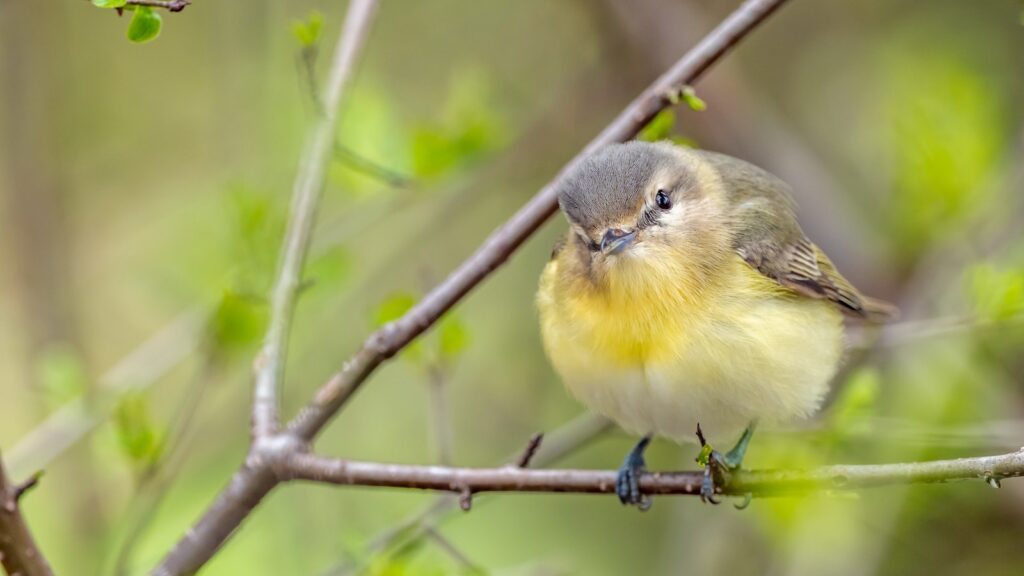
Installing physical barriers provides one of the most reliable methods for keeping cats away from bird feeding areas. Decorative garden fencing at least 4 feet tall with no horizontal cross pieces that could serve as climbing aids can enclose feeding stations while still allowing flying birds access. For a more targeted approach, surround individual feeder poles with cylindrical wire mesh enclosures that allow birds to enter from above while blocking ground-level predators. Thorny or dense shrubs strategically positioned away from feeders (to avoid providing hiding spots) can create natural barriers that discourage cats from approaching. For existing garden beds containing bird feeders, consider installing cat-deterrent fence toppers or rollers that prevent cats from gaining the leverage needed to climb over barriers. These physical barriers require initial setup effort but provide long-term protection with minimal ongoing maintenance.
Alternative Feeding Methods to Minimize Cat Predation
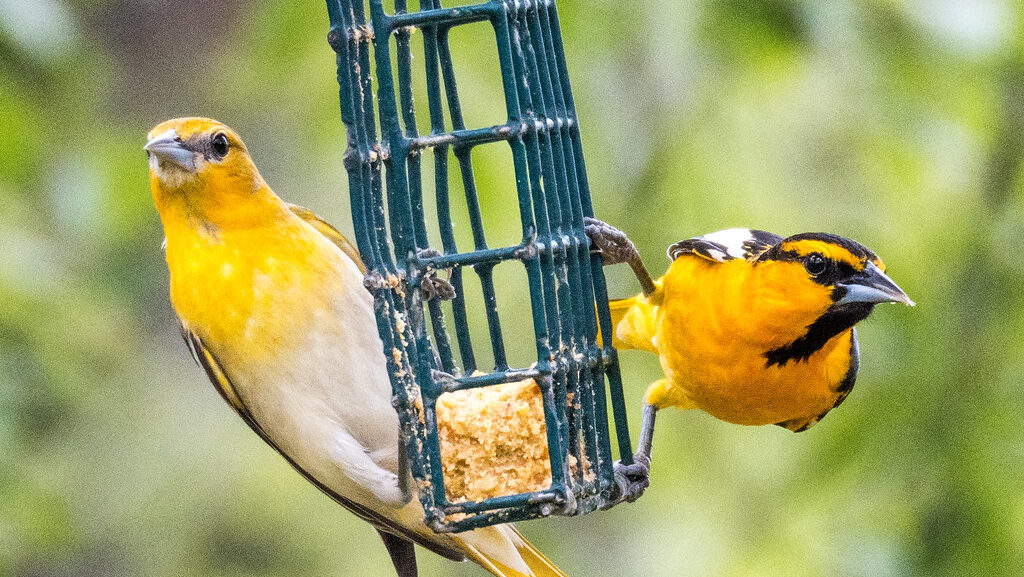
Sometimes the most effective solution involves changing your bird feeding approach altogether to create an environment less conducive to cat predation. Consider switching to specialized feeders that attract species less vulnerable to cat predation, such as suet feeders that appeal to woodpeckers and other clinging birds that feed higher off the ground. Window feeders bring birds close to your home’s exterior while being inaccessible to ground-based predators, though ensure they’re placed at least 3 feet from windows to prevent bird collisions. Create multiple feeding stations spread throughout your yard rather than concentrating all feeding in one area, which dilutes predator pressure and gives birds more escape options. Some bird enthusiasts find success with “pulse feeding” – putting feeders out at varying times rather than maintaining constant food availability, which makes bird presence less predictable for hunting cats.
Engaging with Cat Owners in Your Community

Addressing cat predation at bird feeders often requires diplomatic community engagement, as many roaming cats have owners who may be unaware of their pet’s impact on local wildlife. Approach conversations with neighboring cat owners respectfully, focusing on shared interests rather than accusations. Provide educational materials about the significant impact domestic cats have on bird populations, citing reputable sources that estimate cats kill 1.3-4 billion birds annually in the United States alone. Suggest constructive alternatives like outdoor cat enclosures (catios) that allow cats safe outdoor access without endangering wildlife. Offer to help neighbors identify suitable cat deterrents for their own yards to help establish cat-free zones throughout the neighborhood. In communities with problems involving unowned feral cats, consider supporting local trap-neuter-return programs that humanely reduce feral cat populations over time.
Technological Solutions for Persistent Cat Problems
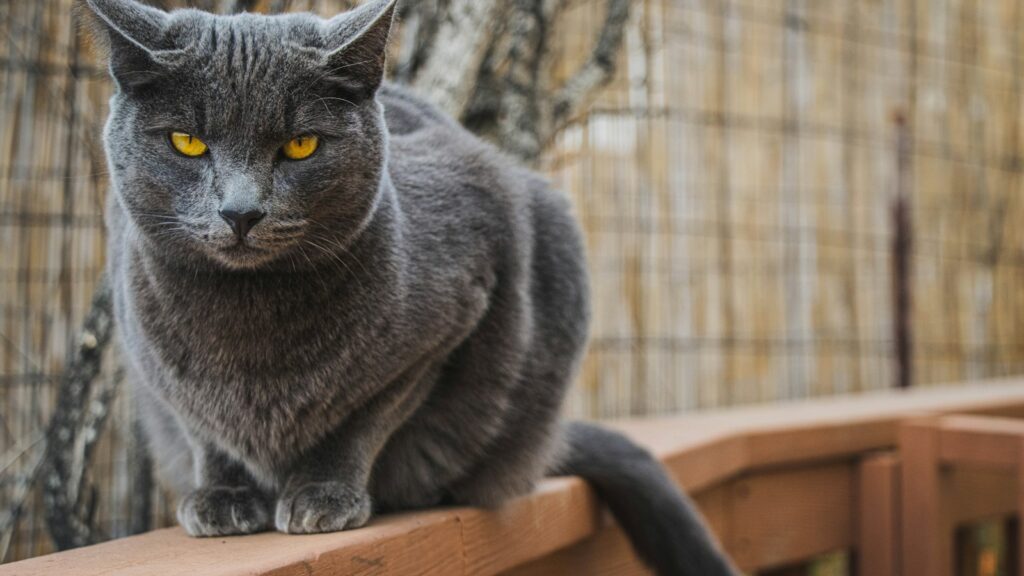
For particularly persistent cat issues, technology offers some innovative solutions to protect your bird feeding areas. Wildlife cameras with motion detection can help identify which cats are visiting and when, allowing you to tailor your deterrent strategies more effectively. Some advanced bird feeding stations now incorporate cat detection systems that trigger deterrents only when cats approach, reducing habituation concerns. Smartphone-connected motion sensors can alert you to cat presence in real-time, allowing immediate intervention even when you’re not actively watching your feeders. For tech-savvy bird enthusiasts, programmable deterrent systems can vary their activation patterns to prevent cats from learning to circumvent them. While these high-tech solutions typically require greater initial investment, they often provide more consistent protection with less ongoing maintenance than manual deterrents.
Creating Bird-Friendly, Cat-Safe Compromise Areas
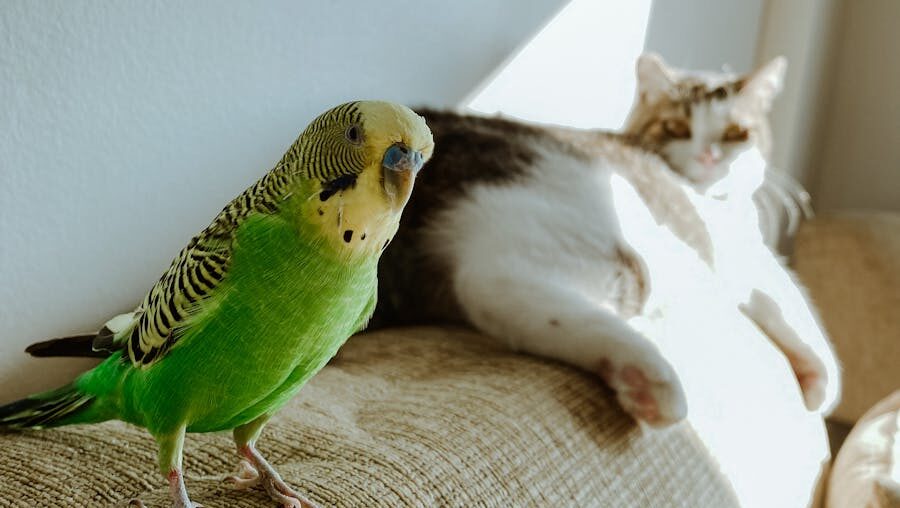
Sometimes the most practical approach is creating landscape designs that accommodate both birds and cats while minimizing harmful interactions. Designate specific “bird sanctuary” areas in your yard with appropriate cat deterrents, while creating separate spaces where neighborhood cats are less problematic. Plant dense shrubbery that provides birds emergency cover when threatened, positioned strategically near but not directly under feeders. Include thorny native plants like hawthorn or barberry that birds can navigate but cats find difficult to move through. Install bird baths and water features in protected locations where birds can safely hydrate without increased vulnerability to predation. This zoned approach acknowledges the reality of outdoor cats while still creating protected spaces for bird feeding activities. With thoughtful design, most yards can support both safe bird feeding areas and spaces where cats can engage in natural behaviors without threatening bird populations.
Monitoring and Adapting Your Cat Deterrent Strategy
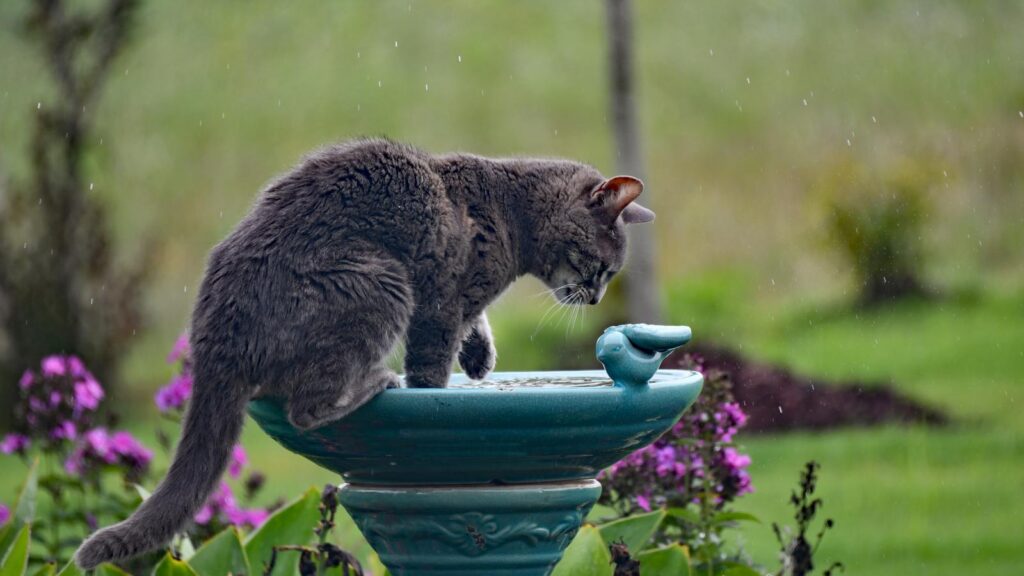
The most successful approach to keeping cats away from bird feeders involves ongoing assessment and flexibility rather than a one-time solution. Establish a regular monitoring routine, observing which deterrents seem most effective with the specific cats visiting your property. Keep a simple log noting cat visits, time of day, and which deterrents were active at the time to identify patterns and effectiveness. Recognize that seasonal changes may require strategy adjustments, as cats’ hunting patterns and birds’ vulnerability can vary throughout the year. Be prepared to layer multiple deterrent methods simultaneously for particularly determined cats. Most importantly, maintain perspective – complete elimination of cat visits may be unrealistic, but significant reduction in frequency and successful predation should be considered a victory. The goal is creating a reasonable balance that allows for enjoyable bird watching while minimizing harm to local bird populations.
Conclusion: Balancing Bird Feeding and Cat Management
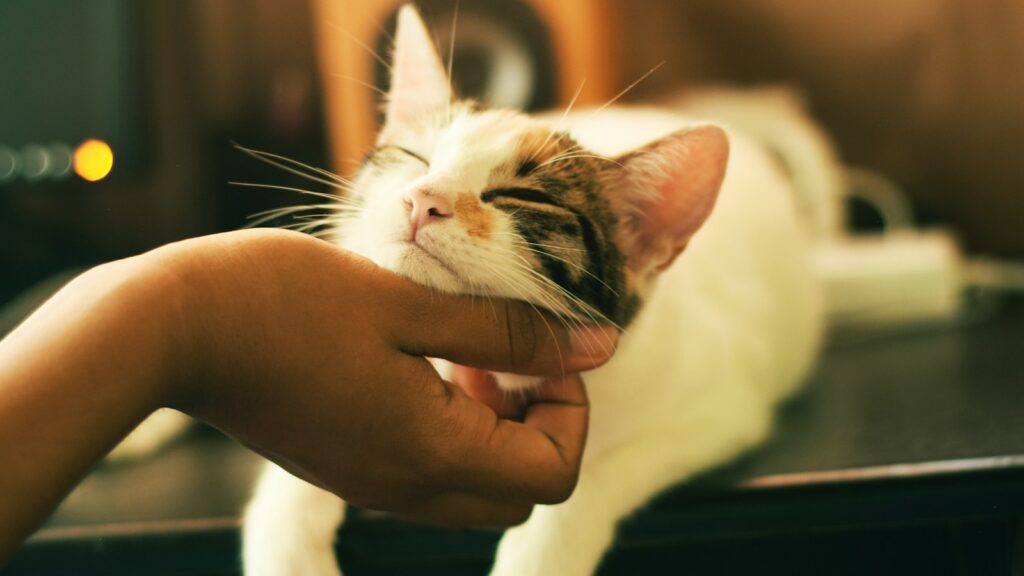
Creating a bird-friendly environment in areas with roaming cats requires thoughtful planning, consistent effort, and sometimes creative compromise. By implementing several of the strategies outlined above, most bird enthusiasts can significantly reduce cat predation at their feeding stations while still enjoying the many benefits of attracting wild birds to their yards. Remember that no single method works universally for all cats, so be prepared to experiment with different combinations of deterrents until you find what works in your specific situation. With persistence and the right approach, you can create feeding stations that remain accessible to birds while becoming significantly less attractive to feline visitors. Your efforts not only enhance your bird watching experience but also contribute meaningfully to bird conservation by reducing unnecessary predation at artificial feeding sites.
